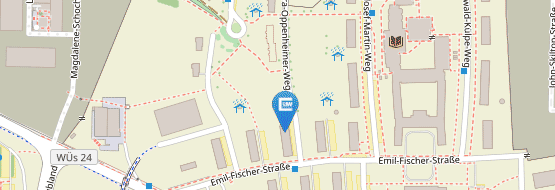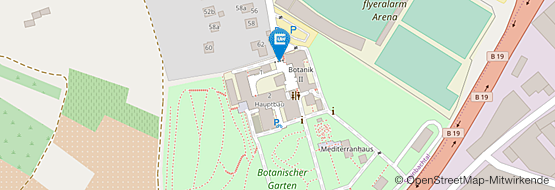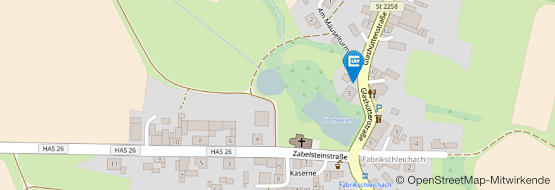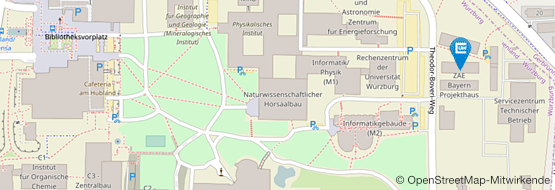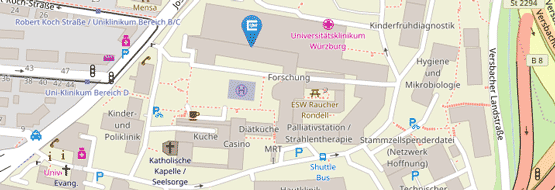INsecTIME
Animals have to adapt to seasonal changes in the environment. A too late adaptation to the coming winter will definitively cause their death. Insect start to hibernate (=diapause) when temperatures drop and day-length (photoperiod) decreases below a certain critical value. It is generally thought that the circadian clock is crucial to measure day-length, but the mechanisms how this is done and how the signals about day-lengths are transformed to the diapause inducing hormonal centres in the insect brain are largely unknown.
This Marie Curie Network aims to uncover the mechanisms of photoperiodic control in four model species: The parasitoid wasp, Nasonia vitripennis, the Lindenbug, Pyrrhochoris apterus, the Olive fly, Bactrocera oleae and the genetic model system Drosophila melanogaster.
The Marie Curie Initial Training Network INsecTIME is a program funded by the European Community (Framework Program 7), which aims at understanding circadian and seasonal timing in insects.




